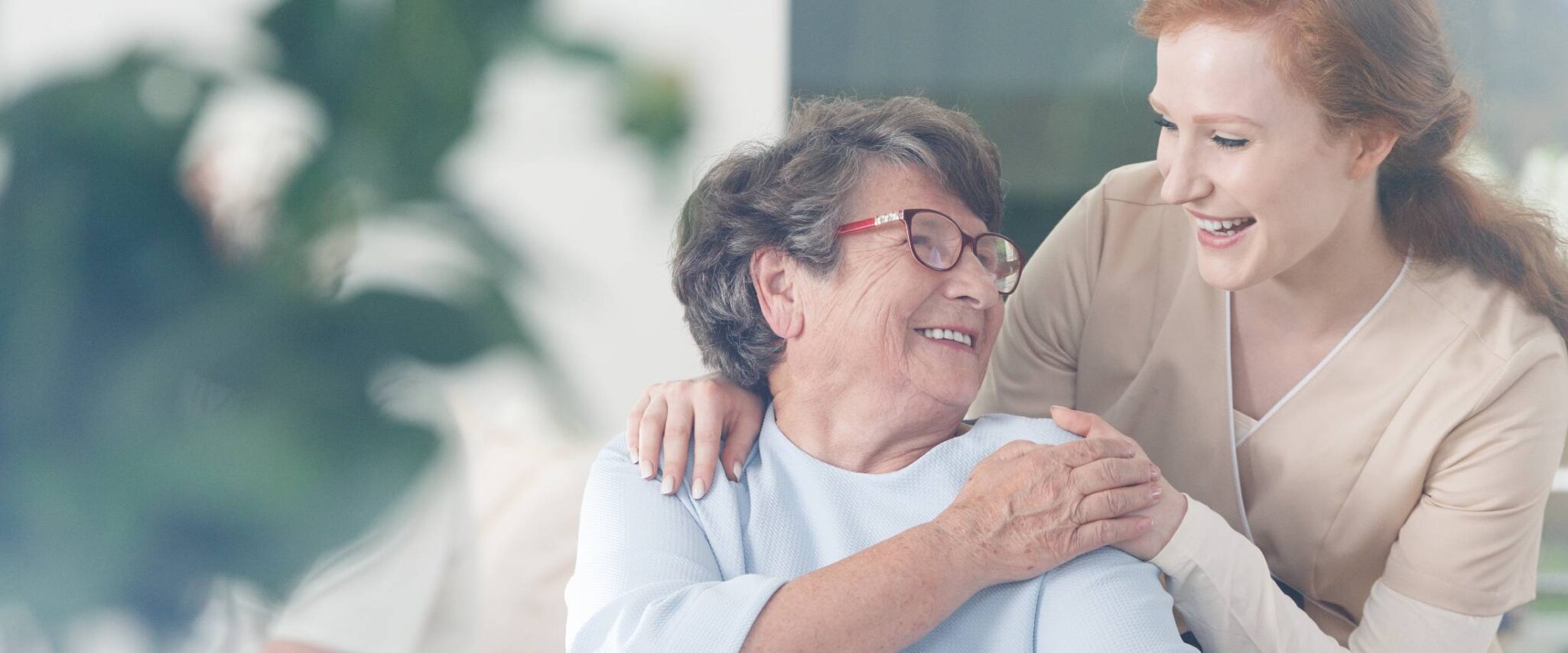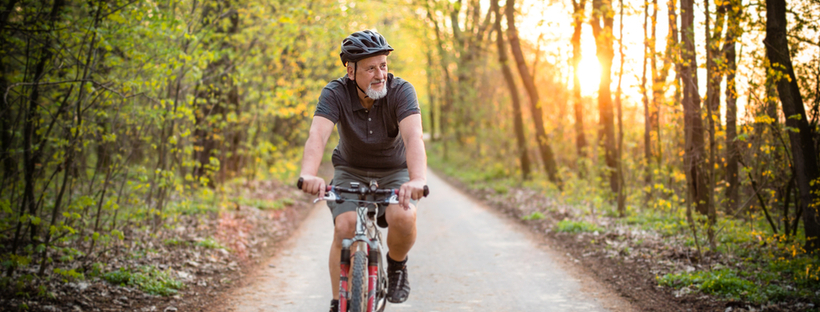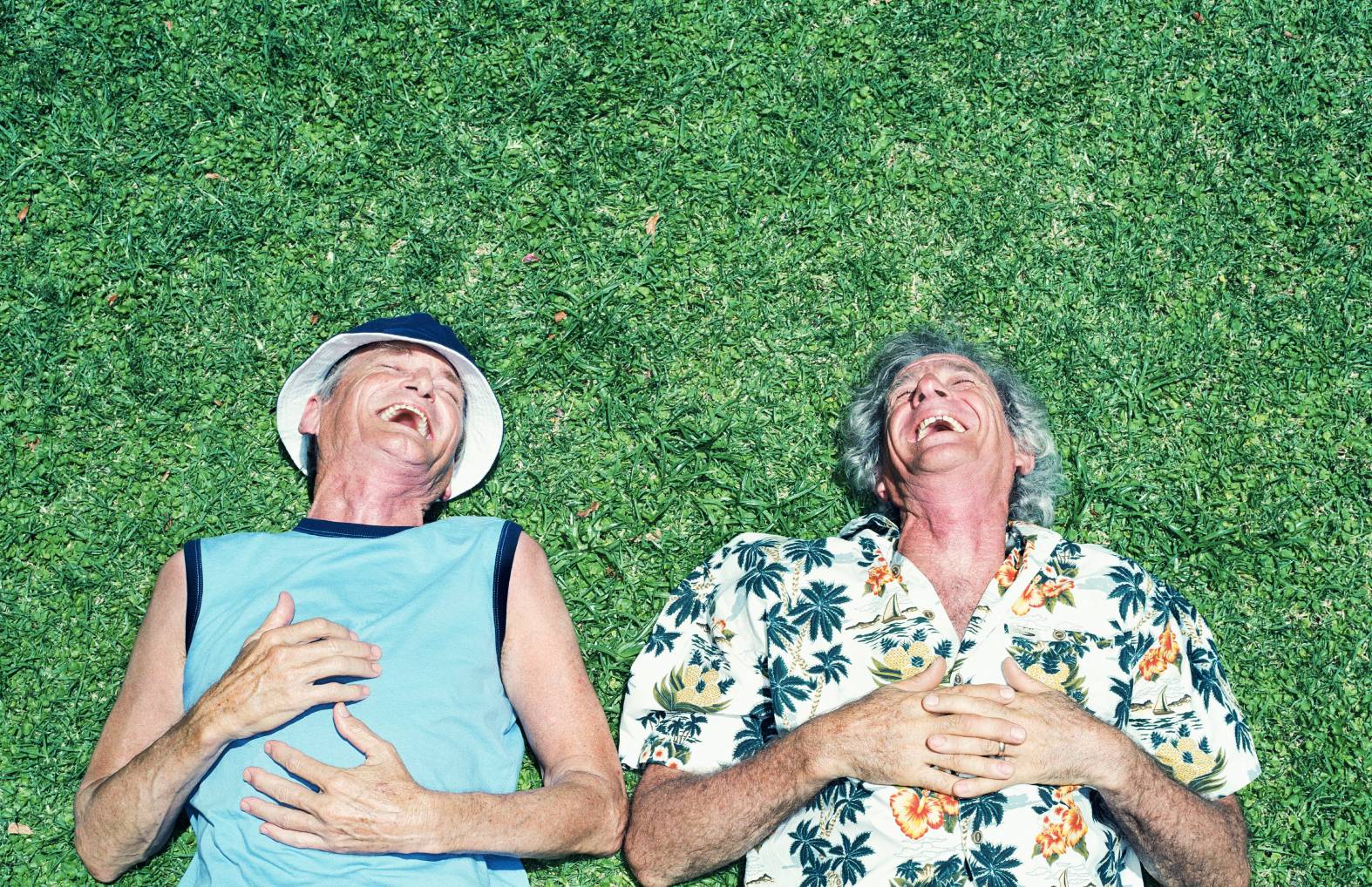Top Causes of Falls and Balance Issues in Seniors

Falls are the number one cause of injury among seniors. Shockingly, falls are also the leading cause of injury-related death among adults 65 and over. The older you are, the higher your risk of falling and incurring a serious injury, such as a broken wrist, hip fracture or traumatic brain injury.
Even if all you suffer is a bruised ego, you may develop a fear of falling which, paradoxically, increases your risk of falling and hurting yourself. So why do seniors fall so often? And what can you do to prevent yourself or a loved one from falling in the first place? To answer these questions, let’s look at the factors that cause older adults to fall more frequently than younger people.
Why do seniors fall?
Most falls in older adults are caused by a combination of risk factors. The more risk factors a person has, the greater their chances of falling.
Risk factors include:
1. Decline in physical fitness.
Many people become less active as they get older. Failure to exercise regularly results in poor muscle tone, decreased bone mass, loss of balance, and reduced flexibility. A person’s physical condition probably has the greatest effect on why seniors fall.
2. Poor eyesight.
Having poor vision more than doubles the risk of falling. Age-related eye diseases — as well as not wearing your glasses — can prevent seniors from seeing objects in their way. Especially if they’re in a rush or when their attention is divided (e.g., talking on their phone while walking).
3. Medications.
A wide variety of medications can increase a senior’s risk of falling. Sedatives, antidepressants, antipsychotics, opioids and some cardiovascular drugs are the most common culprits. Side effects, such as drowsiness, dizziness and low blood pressure, can all contribute to an accident. Taking multiple medications increases the risk of medication interactions and falling.
4. Vestibular disorders.
Inner ear (vestibular) problems can make you feel dizzy or have vertigo. Benign paroxysmal positional vertigo (BPPV) is the most common vestibular disorder in older adults. It makes you feel like you’re spinning and is triggered when you move your head. Physical therapists can treat BPPV effectively.
5. Foot problems.
Peripheral neuropathy, or nerve damage, can cause numbness in the feet, making it difficult to sense environmental hazards and get around safely. Foot pain also increases the risk of falling because it can throw you off balance. Even if you don’t have foot problems, poor footwear, such as flip-flops and shoes with slick soles, can increase your risk of falling.
6. Surgical procedures.
Hip replacements and other surgeries can leave an older person weak, in pain and discomfort, and less mobile than they were before surgery. If you fall and break your hip, for example, the fear of falling again often leads to a less active life. That’s why it’s important to follow a rehabilitation program to help you recover your strength, mobility and confidence.
What you can do to prevent falls.
Physical changes and health conditions make falls more likely as you age. But you can reduce your risk of falling, maintain your independence, and lower your odds of serious injury from falls by following these tips.
- Talk with your doctor. Ask your health care provider to evaluate your risk for falling and talk with them about specific things you can do.
- Do strength and balance exercises. Simple balance exercises like standing on one leg while you hold on to a chair can be done at home. Water exercises and tai chi are also great ways to improve strength and balance.
- Have your eyes and feet checked. See your eye doctor at least once a year to check for cataracts, glaucoma, and have your eyeglass prescription updated, if needed. Also have your health care provider check your feet once a year, and see a foot specialist if advised.
- Make your home safer. Remove things you could trip over, and improve the lighting in your bedroom, bathroom and hallways. If needed, install handrails and grab bars.
We can help you stay on your feet.
At South Port Square, we help residents maintain an active, healthy lifestyle. Residents can work out in our fitness center, swim in the pool, and participate in a variety of group fitness and wellness classes, including a fall prevention program.
In addition, the rehabilitation team at Harbour Health Center can get you back on your feet after an illness or surgery. To learn more about our specialized therapies, including physical therapy, occupational therapy, and balance and vestibular therapy, scroll down to the Short-Term Rehab section on our Health Services page.



